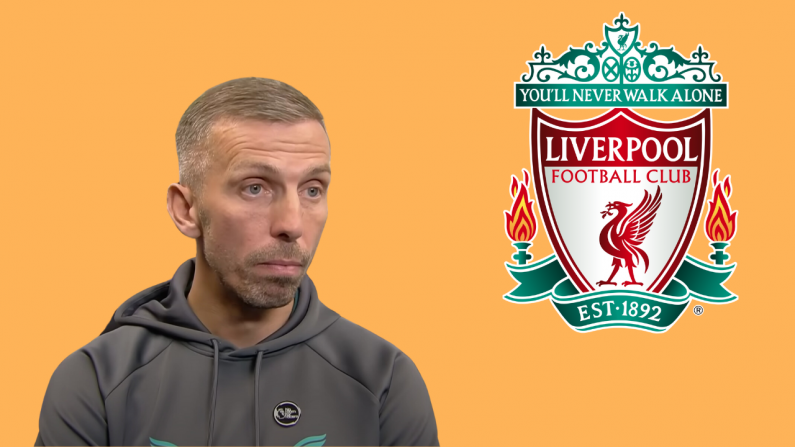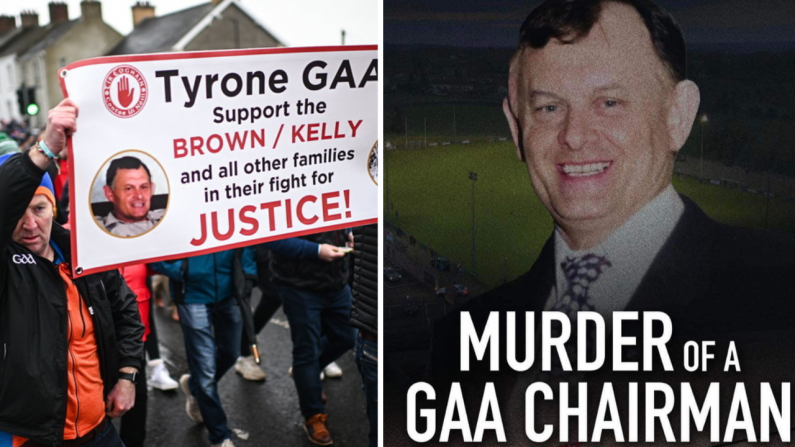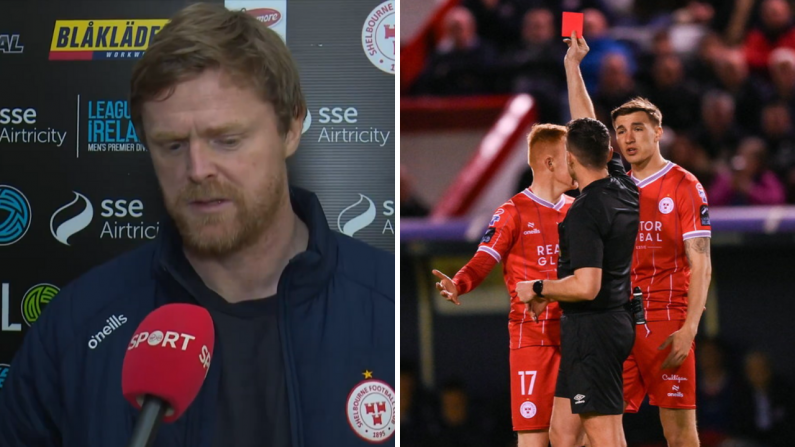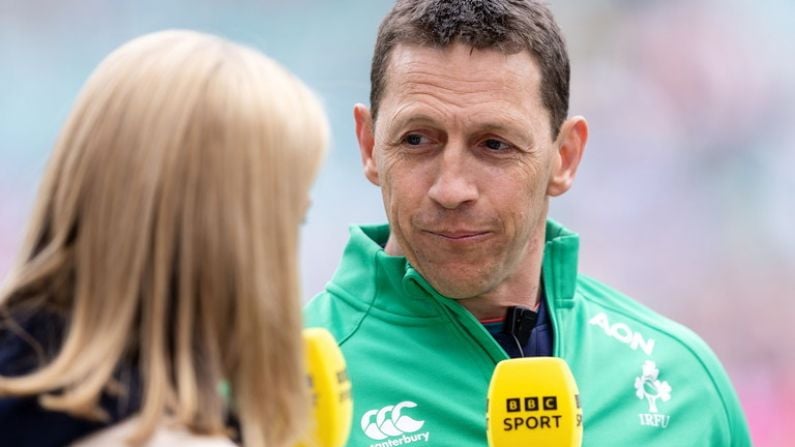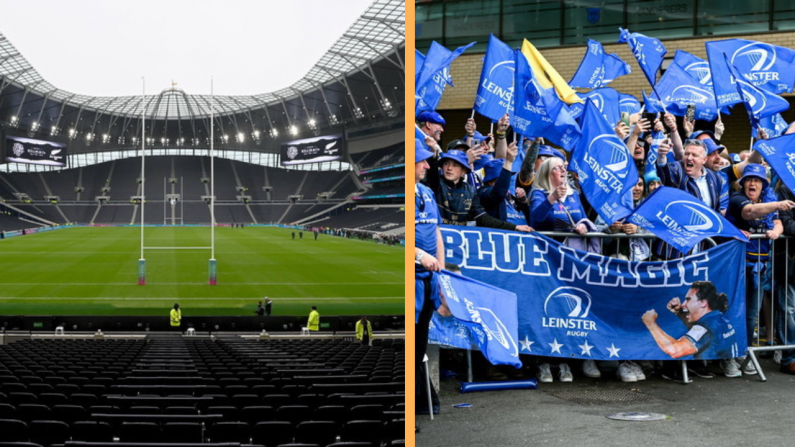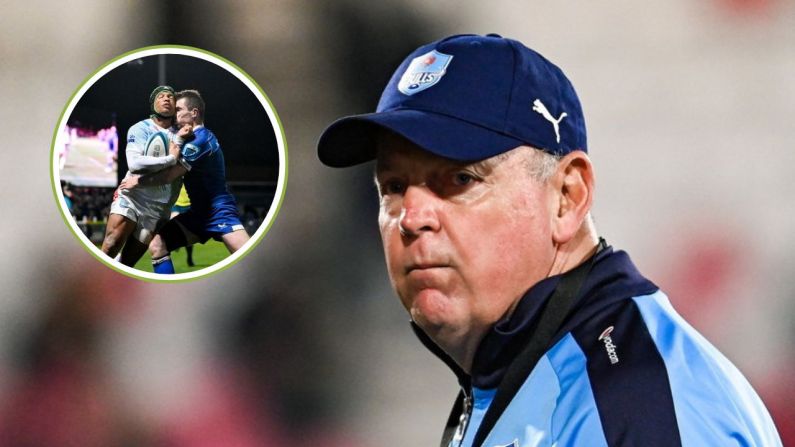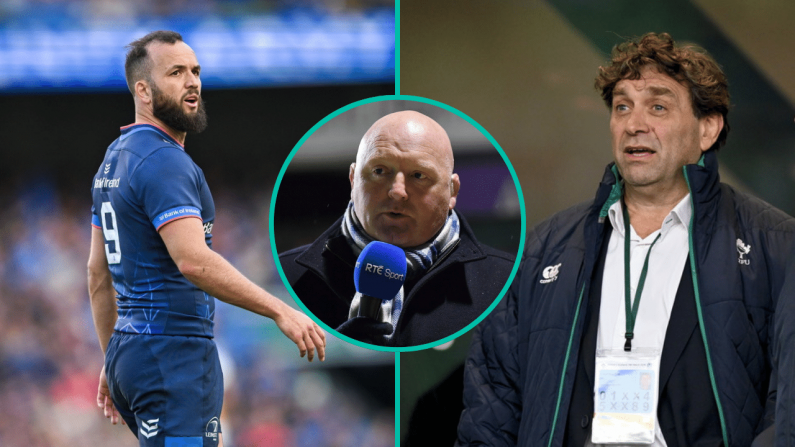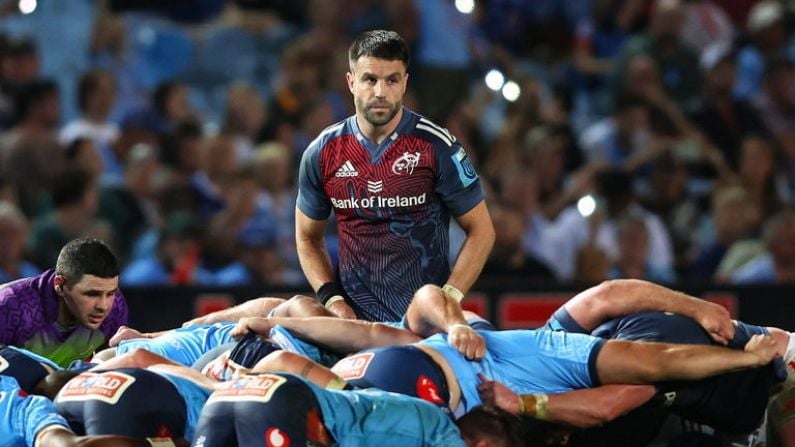“Given how our season finished last year, losing against the Bulls and La Rochelle, we had to kind of take a step back and have a look at ourselves as a pack and ask, ‘why can’t we be the ones to bring it to other teams? Why can’t we go out there and be more direct, aggressive and physical?’
“There is only so much coaches can do to talk to players and get them to change their mindset on things.
"We’re not afraid to go more direct now. That’s something we’re really looking to push this season but it’s only the beginning. All we can do is keep improving on previous performances."
These comments from Andrew Porter touch on one of the main goals for Leinster for this season, following multiple high-profile losses since becoming European champions in 2018.
Although analysis looks at the national team, in some important ways, Ireland is Leinster. They share many of the same players, and many similar losses.
Ireland's struggle against large packs - namely England and France - was a big part of the discourse surrounding the team, and it felt like a substantial argument against their status as the number one team in the world.
The Autumn Nations Series saw a victory against the Springboks, the final boss of large packs, and a hard-fought win over a wounded and tough Wallabies. Mission accomplished, and the 'big, mean packs achievement' added.
However, did this focus on 'directness' come at a detriment to Ireland's attack? A backline that looked so fluid at times during the summer, failed to put together many meaningful passages of play during November.
A focus on a certain area of play could, understandably, negatively affect other aspects of Ireland's game - with the hope that everything will come together for next year's World Cup.
While Andy Farrell won't be too concerned with Ireland's autumn attack, one man who it could have an impact on is Robert Baloucoune.
The injury gods had finally smiled upon Baloucoune in the lead up to November. James Lowe, Andrew Conway, and Keith Earls were all unavailable, giving Baloucoune a fast-track ticket to the starting XV.
What we got were two relatively underwhelming performances from the Ulsterman - given his reputation and set of skills. But was it entirely his fault?
Below are a selection of clips highlighting some of Ireland's poor attacking execution, and how it negatively impacted Baloucoune.
The examples, or faults, are graded 3, 2, and 1, based upon the danger the situations posed to the opposition, and how easily Ireland should have executed (apologies to those of you with driving test PTSD).
SEE ALSO: Rugby Fans Confused As Cian Healy Red Card Overturned
Grade 3
Baloucoune's differentiates himself from the rest of Ireland's wingers with his pace. Earls, Conway, and Hansen are all quick, but Baloucoune's speed is a level above.
While he is not a good or as established (yet!) as the likes of Johnny May and Louis Rees Zammit, the searing pace of these men allow them take advantage of space in ways that other wingers cannot.
Before we delve into Irish examples, the try below is a fine example of what Baloucoune can do with his speed. Normally, the Connacht defence would be able to scramble across and put a tackle in, even force the winger into touch, but Baloucoune gets away from them in an instant.
In the clip above, Ireland finally break through the ferocious South African linespeed off a first phase move, with Sexton putting Garry Ringrose straight through before shipping a huge hit from Jesse Kriel.
The ball gets to Hugo Keenan, and the fullback has a choice to make. Either hit Baloucoune with a short pass, or a more difficult looping ball to Mack Hansen. He opts for the latter, and it's the wrong call.
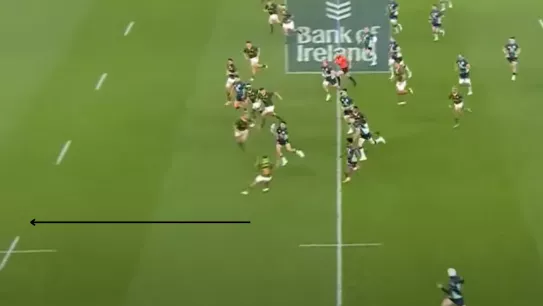
We can see from this still that Arendse has committed to Keenan, and Baloucoune has the chance to go straight past the Springbok winger and into acres of space.
The covering defence of Siya Kolisi would be too far back and too slow catch Baloucoune, with just Cheslin Kolbe left in the back-field. This would leave a two on with Baloucoune and Hansen, and you would imagine that one those expert finishers would have given Ireland a first-half try.
Instead, Keenan throws a pass that is too high to Mack Hansen, and the attack falters much earlier than it should have, when the simpler ball could have lead to a score.

The second clip may not look like the most heinous example of a squandered opportunity. However, the still image shows a great picture for Ireland.
We see Carbery with the chance to throw a skip pass off his left hand to Baloucoune - a skill which we've seen him perform, to great success, in a previous meeting with Fiji at the Aviva Stadium - who has held his depth nicely.
The Munster outhalf clearly thinks about the pass, but hesitates for a second and decides to hit Henshaw instead. It's the wrong choice, but there is still a an opportunity for Henshaw to release the winger, despite Baloucoune having to check his run slightly.
Usually a very clever footballer, Henshaw decides to hold onto possession and crab across the pitch before being tackled. It's exceedingly poor from the centre as Ireland go from a great looking position, to losing ground on that phase.
Given that Ireland were so far back from the Fijian try line, it is impossible to predict where they would have ended up had Carbery thrown the skip pass.
However, as aforementioned, players like Baloucoune can take advantage of these situations, as Ireland found out all too well against England in 2020.
Grade 2:
This most obvious aspect of this clip is the awesome defence from Makazole Mapimpi - who was excellent in this regard along with Kriel - as he shoots out of the line, nails Hugo Keenan, and wins a penalty.
Interestingly, it appears that Sexton, as he often is, is the target for this loop play. In the still below, you can see that there was a big hole created for Sexton had he received the pop from Stuart McCloskey.
Nonetheless, despite Hansen receiving the pass, there is still a scoring opportunity, and at the very least an opportunity to make serious ground, on the cards.
On first viewing, I thought that Keenan should have attempted a flick-on pass given that there was no threat of a interception.
However, it is Mack Hansen who is at fault as his pass is up at Keenan's ear, with the fullback doing well to even catch it.

The image above is a great looking picture for Ireland.
If Hansen's pass is accurate, Keenan will still ship a massive hit, but should be able to release Baloucoune, who has a clear run into the 22.
It would still be a difficult pass to execute from Keenan, but as we can see in the clip below, he is capable of pulling off quick passes of a high-level of difficulty.

This example shows Ringrose committing the same crime Henshaw earlier in the match. Rather than releasing Baloucoune early and hitting him in his stride, he runs across the pitch and delays the pass.
The result is that Baloucoune must once again check his run, and the pass is forward. If Baloucoune had the same stature or personality as Johnny Sexton, Henshaw and Ringrose would certainly have been made aware of his frustrations in no uncertain terms.
Grade 1:

The play above is a tough one to judge. Everything at this level of rugby happens in an instant and it is hard to tell whether Ireland would have been able to score in this situation. Furthermore, it was a difficult play to execute given the world-class defence from Kriel and Mapimpi.
Jimmy O'Brien needs to give the pass to Keenan instantly, with the fullback cleverly making a run on the outside shoulder of Mapimpi.
In fairness to O'Brien, it is superb Springbok defence, and he probably does not realise just how close Kriel is to smashing into him, while Mapimpi is also threatening to intercept.
Had O'Brien been able to release Keenan, Mapimpi's rapid speed of turn should allow him to catch the fullback, but whether Kolbe shoots up on Baloucoune or bites on Keenan is hard to predict. However, at the very least, Baloucoune should have had the opportunity of a one-on-one with Kolbe.
The last example does not include Baloucoune, but is interesting nonetheless as it comes off another first-phase move from Ireland.
It shows that Ireland did impressive homework on South Africa, and knew which set-plays would give them good chances at getting linebreaks.
Sexton, who had an uncharacteristically sloppy first-half against the Springboks, is at fault with a poor pass, while Keenan could be a little bit wider and deeper.
Hansen cleans up well, and although it was far from a try scoring opportunity, Ireland should have made a much larger territorial gain off this play.
Conclusion
Andy Farrell will be delighted with the manner in which Ireland ground out victories over South Africa and Australia in November. They are now a more varied squad with a deeper tactical nous heading into the 2023 Six Nations.
The problems in attack will be expected to be fixed for February, and with England and France at home, Ireland will be rightful favourites for the Championship.
Robert Baloucoune, on the other hand, will see the autumn as a missed opportunity for him. Where the forwards flourished, and the likes of Jimmy O'Brien and Stuart McCloskey enhanced their reputations, Baloucoune failed to put any significant pressure on Lowe, Hansen, and Conway in the wing pecking order.
He needed Ireland's backline to be purring, to show what he is truly capable of.



